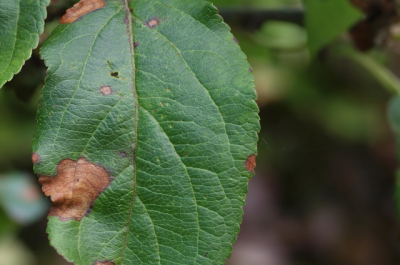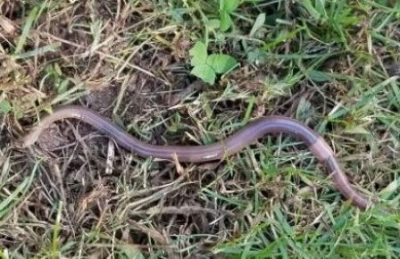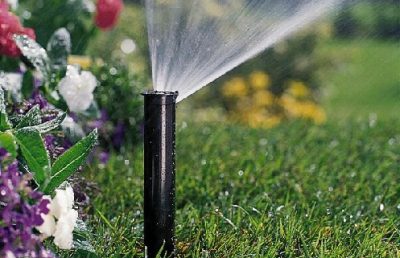IPM work in turf and landscape covers the development of and education on alternative pest management tools for ornamental plant and turfgrass pests. Research projects have examined the use of low maintenance turfgrasses and biological control options for the landscape.
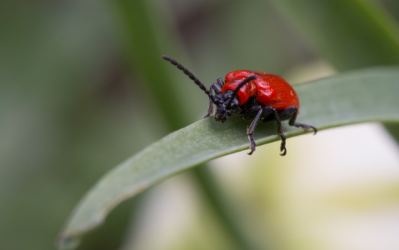
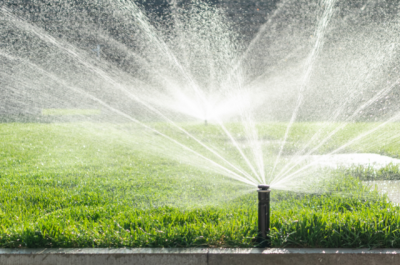
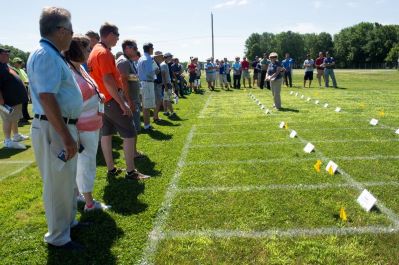
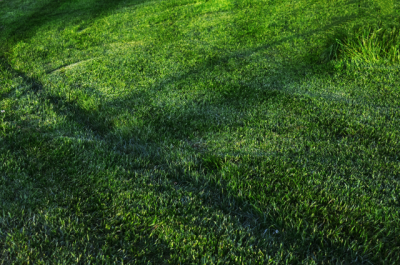
General
Alternative Lawn Options for New England Landscapes
Athletic Fields - Pesticide-Free: Best Management Practices: Second Edition
Cemetery Management Assessment Form
Meadows: An Alternative Management Strategy for School Landscapes
Mole Management in CT School Landscapes
Mulch Mowing and Leaf Disposal
Native Plant & Sustainable Landscaping Guide
Salt Injury - Prevention On School Properties
UConn Online Athletic Field Assessment Tool
Video: Turfgrass Health Tips for CT School Grounds Managers: Cultivation
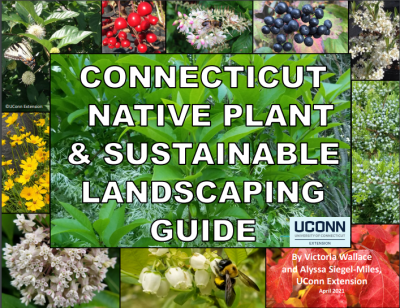
News & Updates
Native Plant and Sustainable Landscaping Guide from UConn (ELA article)
Pruning Recommendations and Guidelines (Nursery & Landscape Update March 2020)
UConn Develops New Methods to Manage School Turfgrass
UConn Online Athletic Field Assessment Tool
UConn Today Article: UConn's Turf Assessment Online Tool
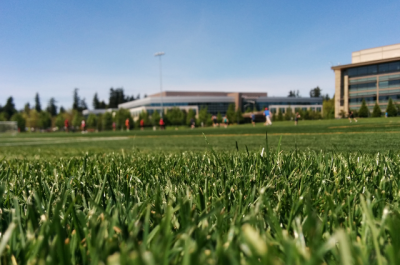
School IPM
Alternative Lawn Options for New England Landscapes
Best Management Practices for Pesticide-Free CT School Landscapes
Best Management Practices for Pesticide-Free Athletic Fields: Second Edition (2020)
Biological Control of Lily Leaf Beetle
Biological Pest Control for CT School Grounds
Biological Pest Control Products Available for CT School Grounds
Deer: Strategies to Minimize Deer Damage on School Grounds
Meadows: An Alternative Management Strategy for School Landscapes
Mole Management in CT School Landscapes
Mulch Mowing and Leaf Disposal
Pesticide Regulations on School Grounds Primer for School Grounds Managers
Recommended Sustainable Plants for CT Schools - With Deer, Butterfly, Flower Info and Vendor Sources
Using Weather Station Data at CT Schools
Weeds as Indicators of Growing Conditions in Landscapes
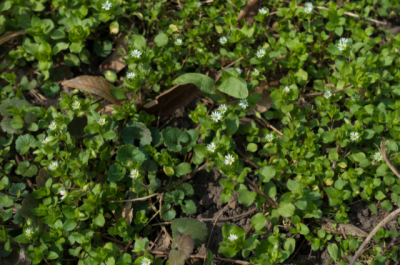
Weeds
Identification and Control of Invasive Weeds in School & Municipal Landscapes
Identification of Problem Weeds in School Landscapes
Invasive Plant Profile: Asiatic bittersweet (Celastrus orbiculatus)
Invasive Plant Profile: Autumn Olive (Elaeagnus umbellata)
Invasive Plant Profile: Black and Pale Swallow-wort
Invasive Plant Profile: Burning Bush (Euonymus alatus)
Invasive Plant Profile: Common Mugwort (Artemisia vulgaris)
Invasive Plant Profile: Common Reed (Phragmites australis)
Invasive Plant Profile: Garlic Mustard (Alliaria petiolata)
Invasive Plant Profile: Japanese Barberry (Berberis thunbergii)
Invasive Plant Profile: Japanese Honeysuckle (Lonicera japonica)
Invasive Plant Profile: Japanese Knotweed (Fallopia japonica)
Invasive Plant Profile: Japanese Stiltgrass (Microstegium vimineum)
Invasive Plant Profile: Mile-a-minute (Polygonum perfoliatum)
Invasive Plant Profile: Multiflora Rose (Rosa multiflora)
Invasive Plant Profile: Tree-of-heaven (Ailanthus altissima)
Weeds as Indicators of Growing Conditions in Landscapes
Weeds as Indicators of Soil and Growing Conditions in Turf
Weed Management for Connecticut Nurseries and Landscapes (UConn Update May 2020)
